
In the southwestern corner of Libya, deep in the arid hinterland of the Sahara desert, there is a city where the state’s slow motion collapse has precipitated a deadly tribal conflict. The city is named Ubari, in the southern district known as the Fezzan, and the battle between the Touareg and Tubu tribes encompasses not just the failure of Libya, but also the challenges facing North Africa as unrest in Nigeria, Mali and Niger drive streams of migrants north towards Europe.
Swiss photojournalist Philippe Dudouit spent time in Ubari earlier this year as the war worsened, documenting the conflict as part of The Dynamics of Dust, a project on the people of the Sahara that he has been working on since 2008. Dudouit, whose work appears in the current international edition of TIME, explains the war in Ubari as a “kind of a football game” between two rival tribes that are being manipulated by Libya’s rival governments in the north — Dignity, the U.N.-recognized government based in Tobruk, and Libya Dawn, the coalition of Islamist militia headquartered in the capital city of Tripoli. “The two biggest tribes in the Fezzan are fighting each other for chaotic reasons that even they don’t know,” he says.
To understand the conflict it’s necessary to go back to the days when Libya was ruled by Muammar Gaddafi. The Fezzan was then, as it is now, a sparsely populated desert region where the main economy consists of smuggling contraband across Libya’s porous borders with Algeria, Chad and Niger. Everything from cigarettes to small arms traveled northwards to Libya, while subsidized food and fuel went south to be sold for a markup. Human cargo too was trafficked across the border, migrants fleeing unrest in west Africa.
The Tubu tribesmen helped control the flow of traffic across the southern border with Niger and Chad from its capital Murzuq, while the Touareg controlled border regions with Algeria and a small slice of the Niger border from the Touareg capital of Ubari. Neither was particularly loyal to Gaddafi before he was deposed; although the dictator invested in infrastructure in Ubari to help upkeep of its oil, gas and water industries, he was content to keep the tribespeople poor and uneducated.
After Gaddafi was deposed in 2011, the region descended further into lawlessness. The regime’s few border guards went north to fight, allowing smuggling to boom into a $3.8 billion economy. The rival tribes began an increasingly violent struggle that in September 2014 blossomed into armed conflict on the streets of Ubari. The Tubu say they are helping fight Islamic extremism; the Touareg claim they are simply trying to protect their homes and communities. But more than that it’s a “fight for territory,” Dudouit says, “not just for smuggling access, but also for a city that bridges two natural resources, gas and water.”
The potential for control of these valuable resources was enough to get Libya’s rival governments involved; the Tubu have received backing from Dignity, while Libya Dawn has helped arm some Touareg groups. But Dudouit says that, while the north’s involvement has helped fuel the conflict, the lines of support are far from clear. “The tribal dynamics are complicated,” he says. “Some of the Touaregs are still supported by the government in Tobruk, while others are supported by Tripoli. And the Tubus are only following the Tubus… they really want to be accepted as themselves.”

The two tribes have been fighting in Ubari for a year now; after a period of intense conflict from December to March it has settled into what Dudouit calls a “kind of low intensity fight” — sniper warfare, and the odd mortar attack. The photojournalist spent time on both sides of the frontlines this year, with the Tubus in March, then with the Touaregs in June. “The Touareg, they know how to use the media,” he says. “Having a foreign photographer in the city is good for them, because it shows the desperate situation to people across the world.” The Tubus, however, were more guarded. “They don’t trust a lot of foreigners,” he says. “It took a lot of patience to get the right access, going to a frontline or meeting a specific commander.”
The situation in Ubari has drawn fighters from across the region to the city, giving smugglers greater access to the ungoverned border between Niger and Libya. This has helped fuel the unprecedented flow of migrants to Europe in 2015; this year, the International Organisation of Migration (IOM) predicts some 120,000 migrants will cross the Nigerien border seeking access to northern Africa and the Mediterranean. Dudouit travelled with some West African migrants on the road to Murzuq; having paid Tubu smugglers for access to Libya, they are taken to Tripoli or Benghazi by northern Arabs. “They were very surprised to see a Westerner,” he says of the migrants. “They don’t talk too much because they don’t want to say what their objectives are… I would say 20% of them were hoping to go to northern Libya, and the rest looking to go to Europe.”
The chaos in southwestern Libya hasn’t just allowed human trafficking to thrive; Western officials see a buildup in Islamist extremism in the region — mainly Jihadist groups allied to Al Qaeda driven out of Mali and Chad by French counterterror operations. Dudouit says he saw no sign of such groups on his last visit to the area, but agrees that the power vacuum is bound to attract extremism if allowed to continue — either Al Qaeda’s affiliate groups in West Africa, or Islamic State of Iraq and Greater Syria (ISIS) militants who already have a presence in Libya’s north. “It’s really chaotic, you can do anything you want,” he says. “What happens in south Libya has a huge impact on the whole of the Sahara right now.”
Philippe Dudouit is a Swiss documentary photographer. He has photographed the nomadic and semi-nomadic peoples of the Sahel for his project The Dynamics of Dust, which chronicled regional life and tribal warfare for vast, sparce and parched territory comprised of mountains of sand. This chapter on Southern Libya – the fruits of three trips over as many years – is his last installment of the work.
Alice Gabriner, who edited this photo essay, is TIME’s International Photo Editor.
Dan Stewart is a news editor at TIME.com
Follow TIME LightBox on Facebook, Twitter and Instagram.
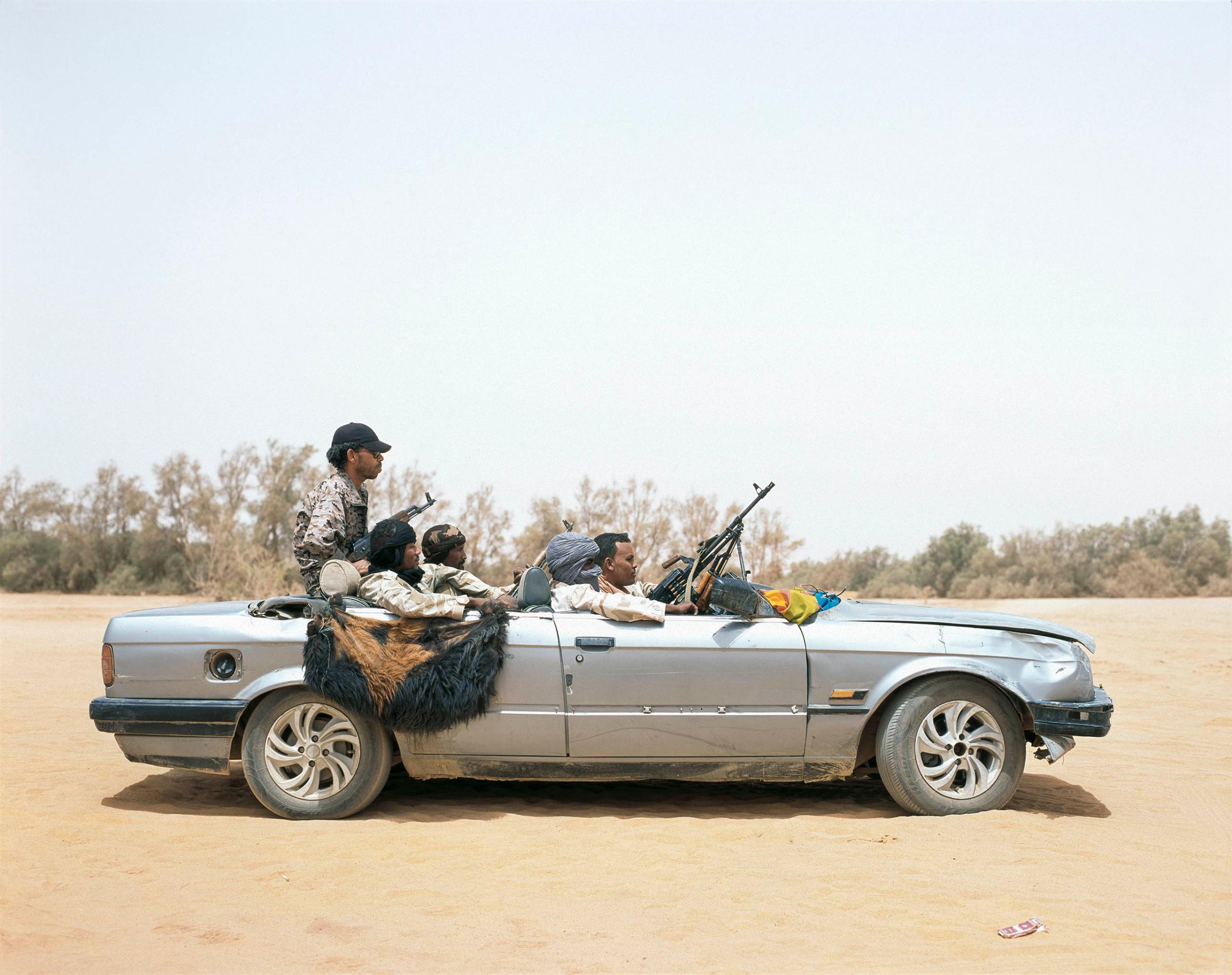
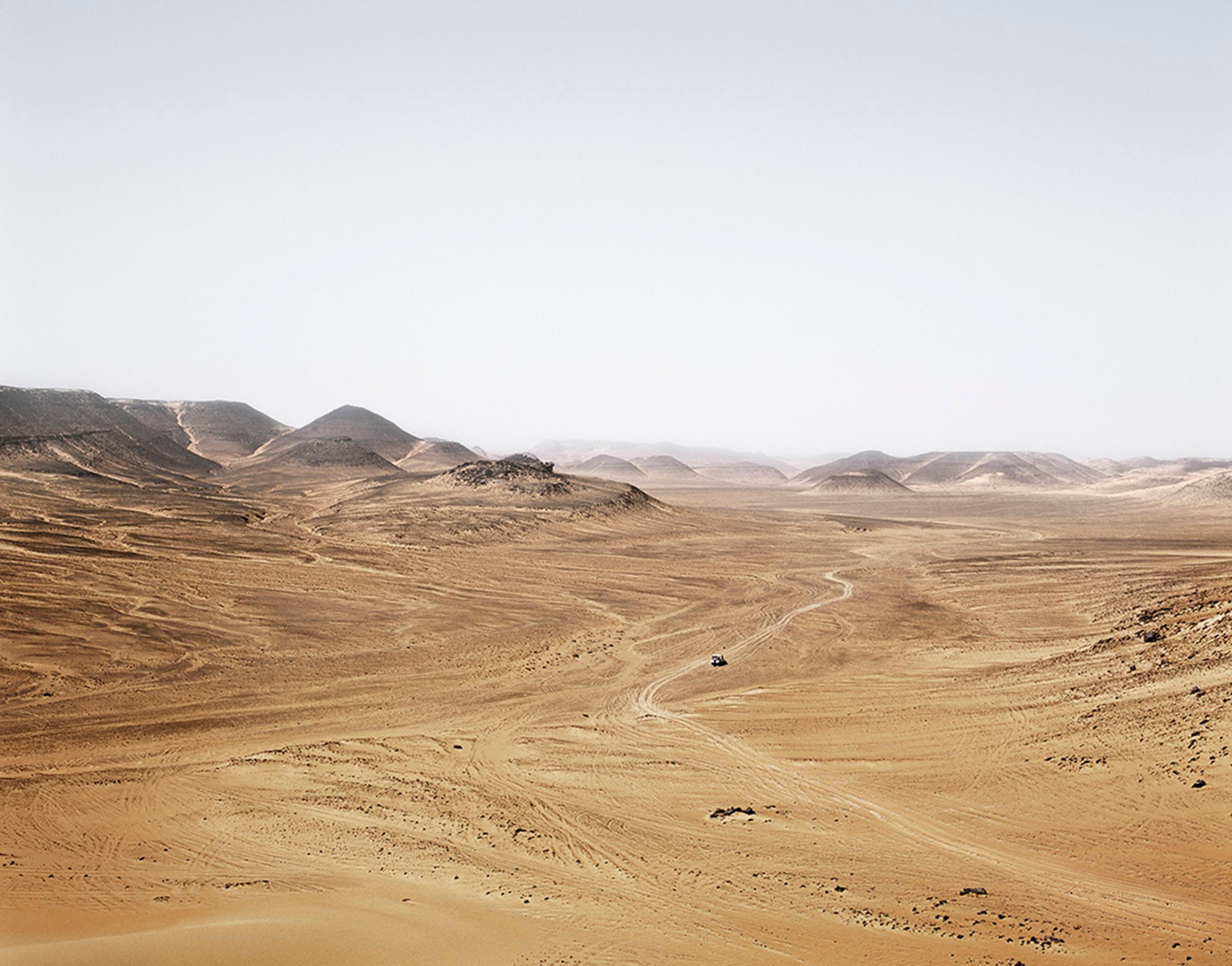
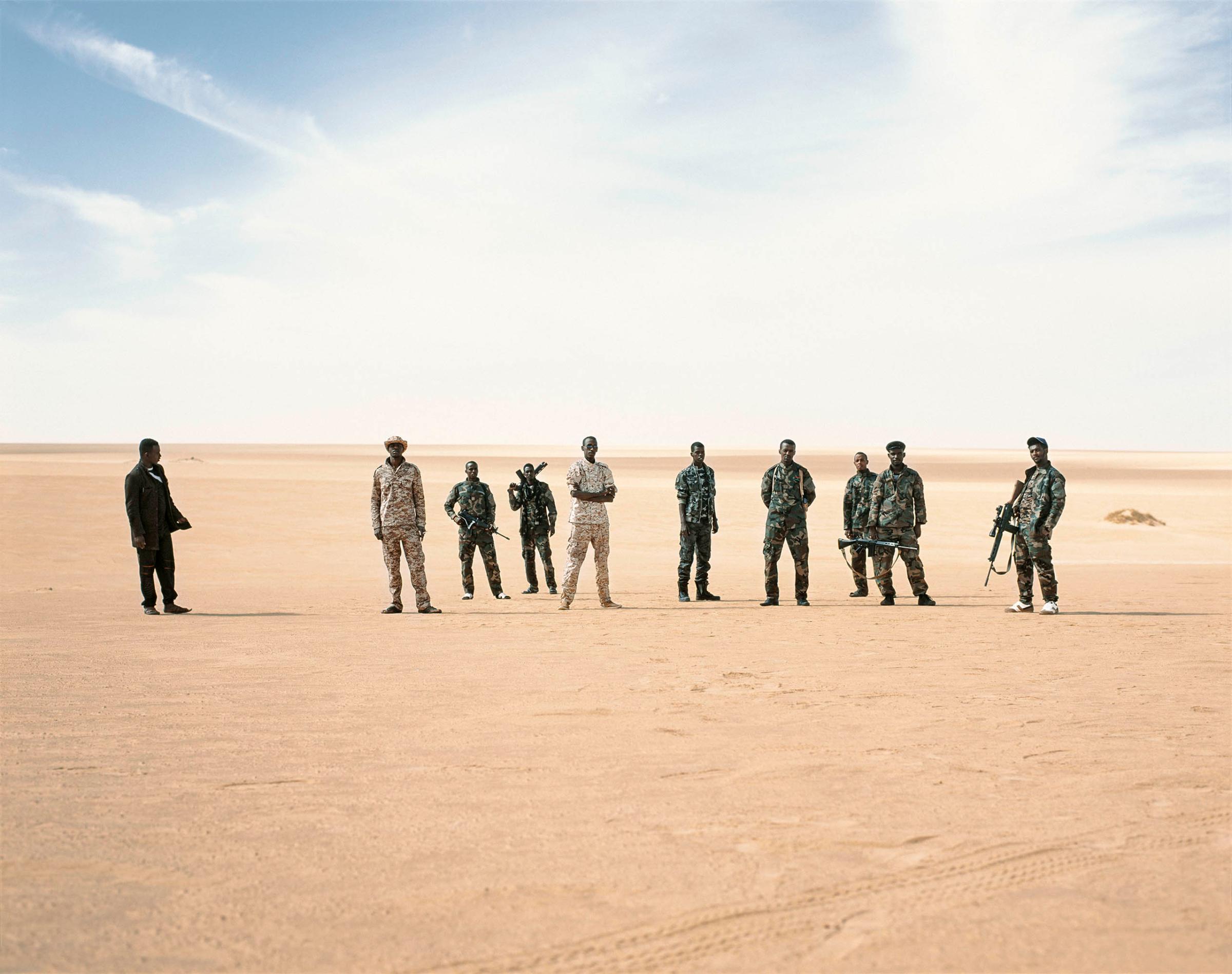
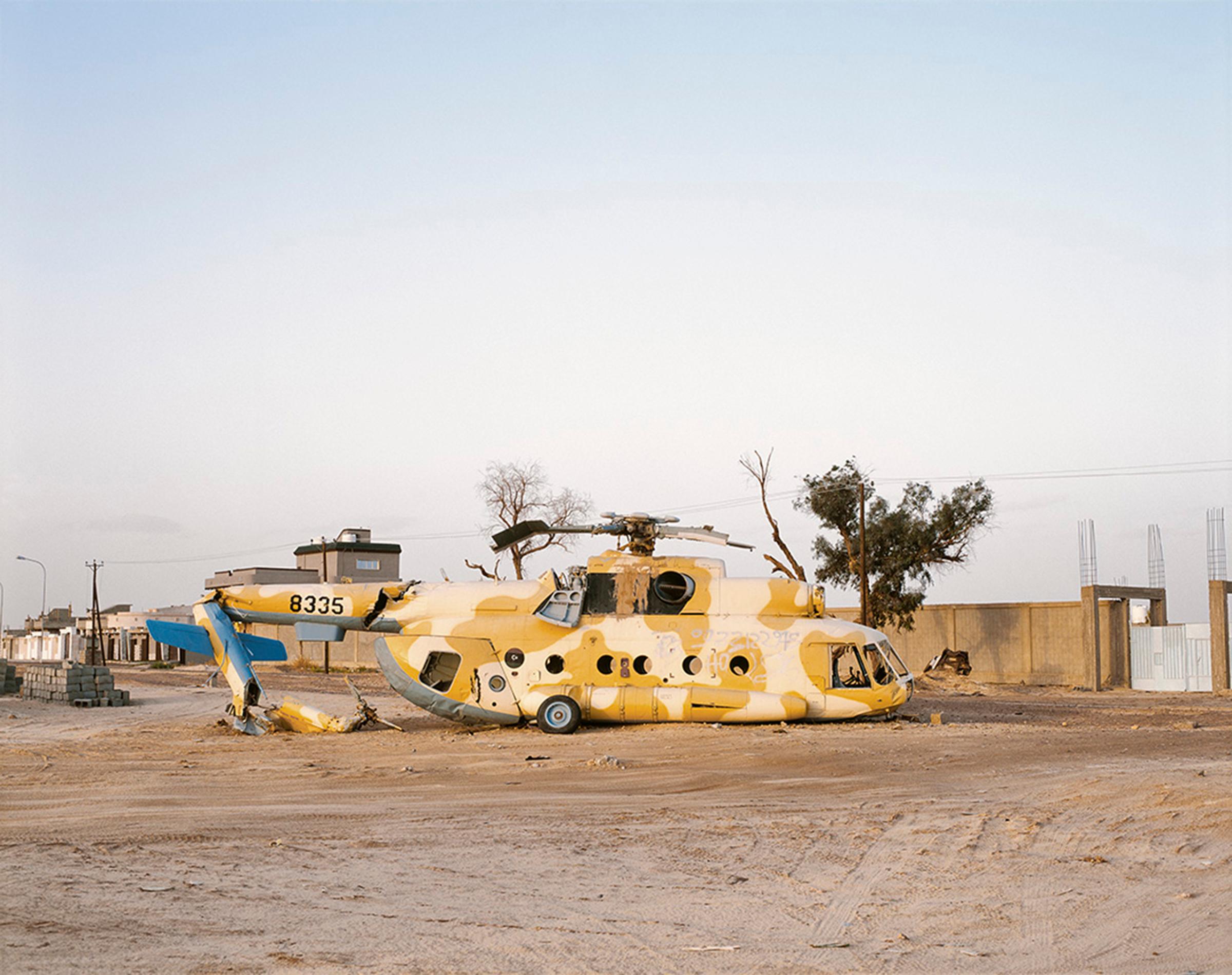
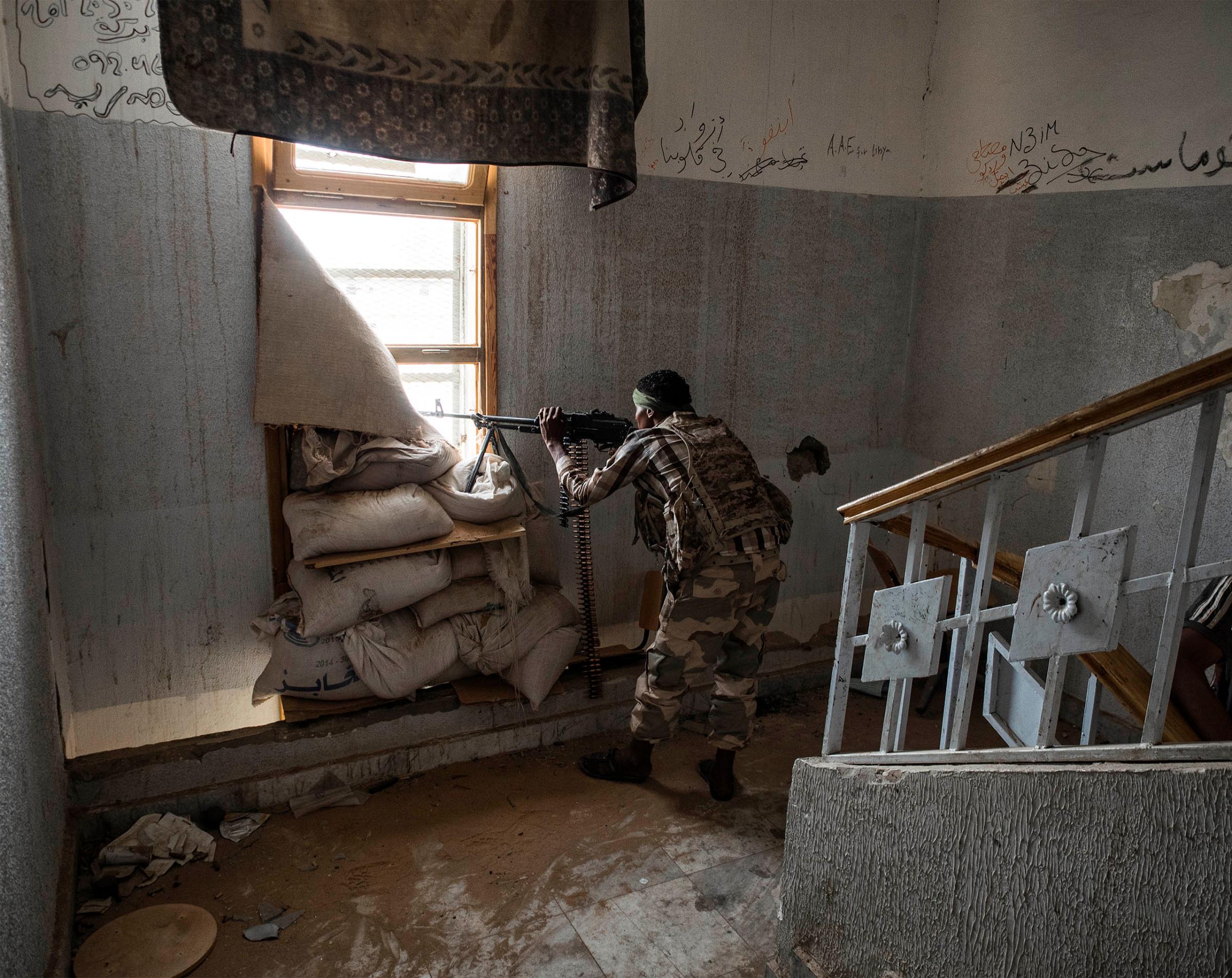
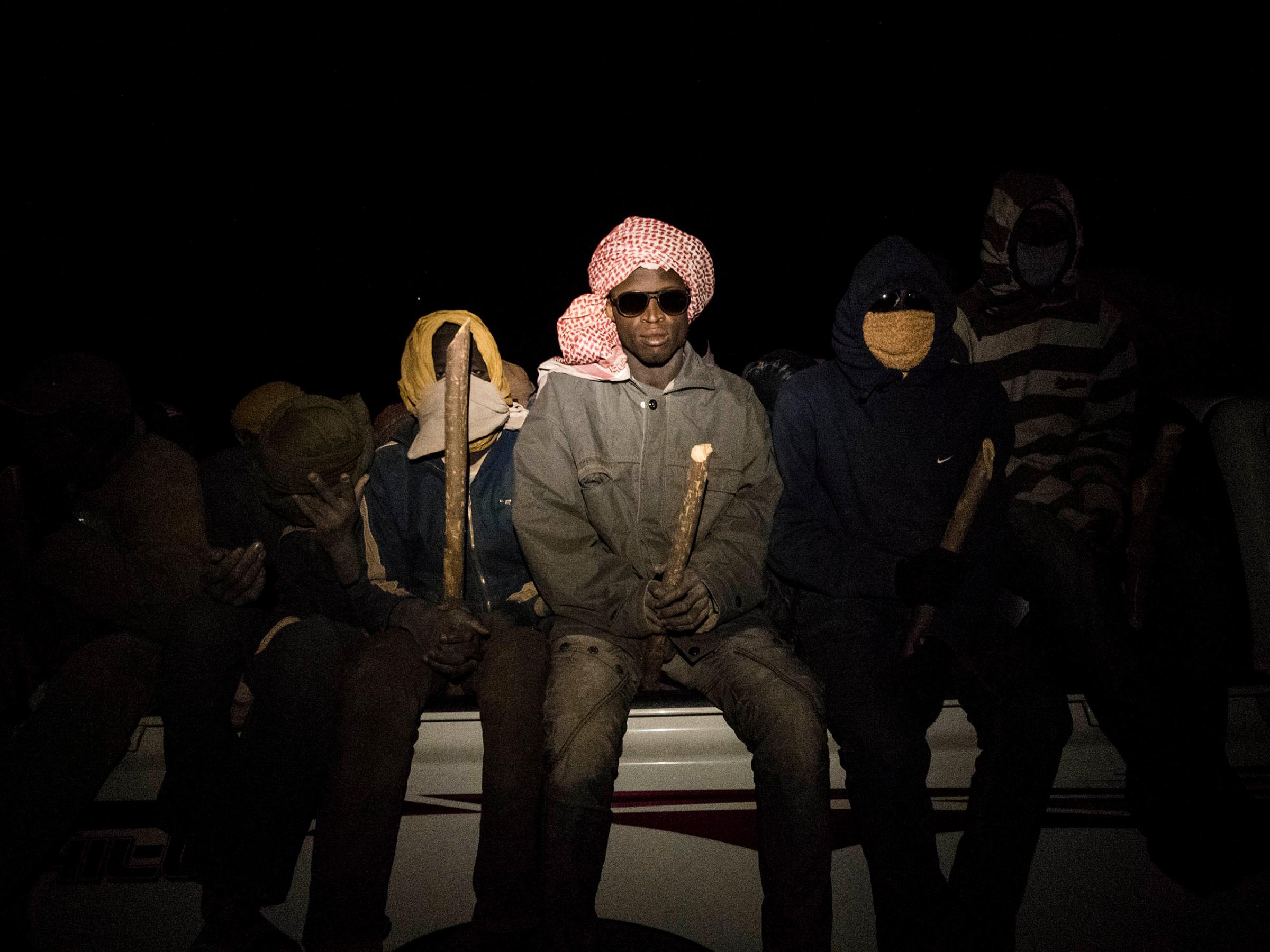

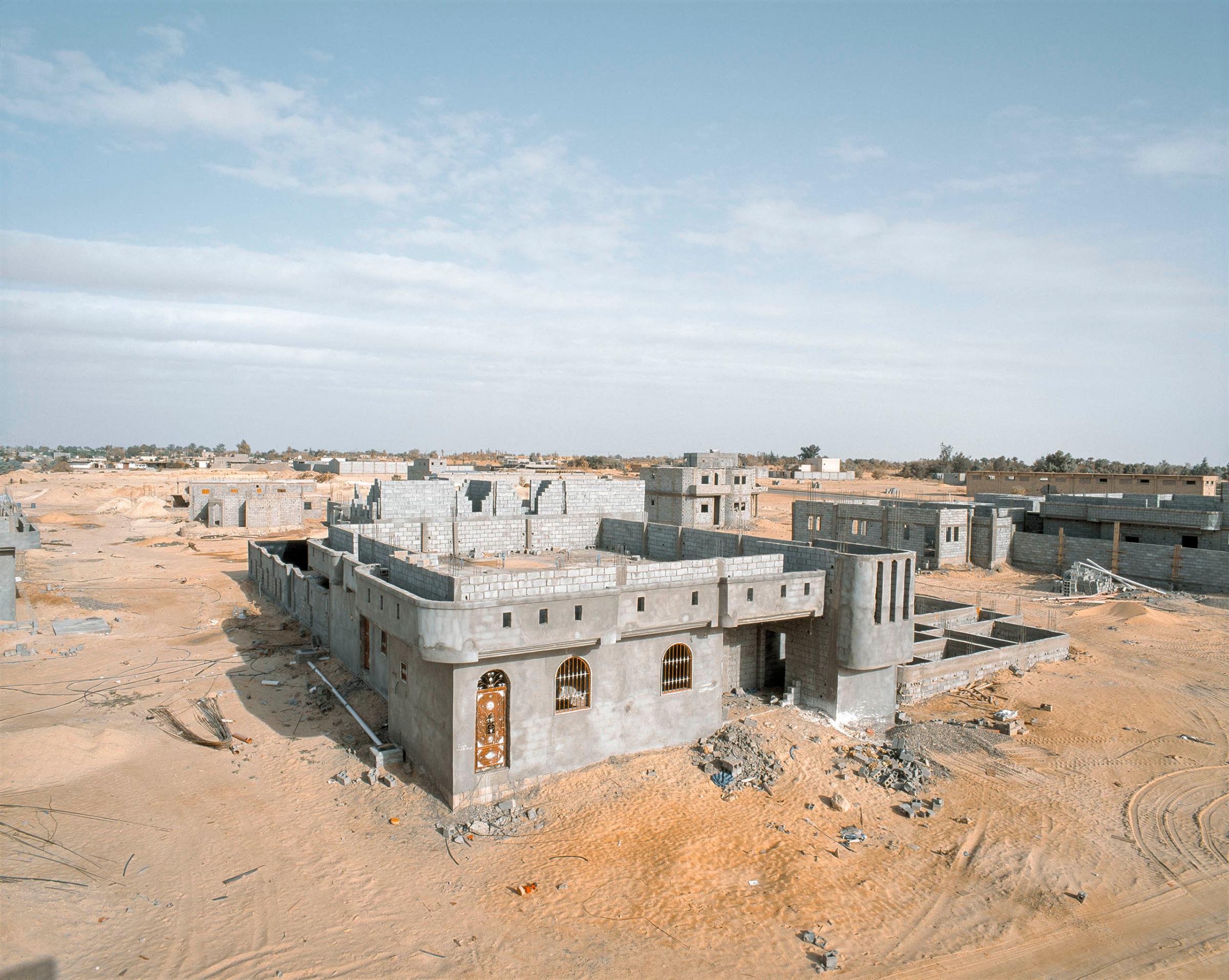
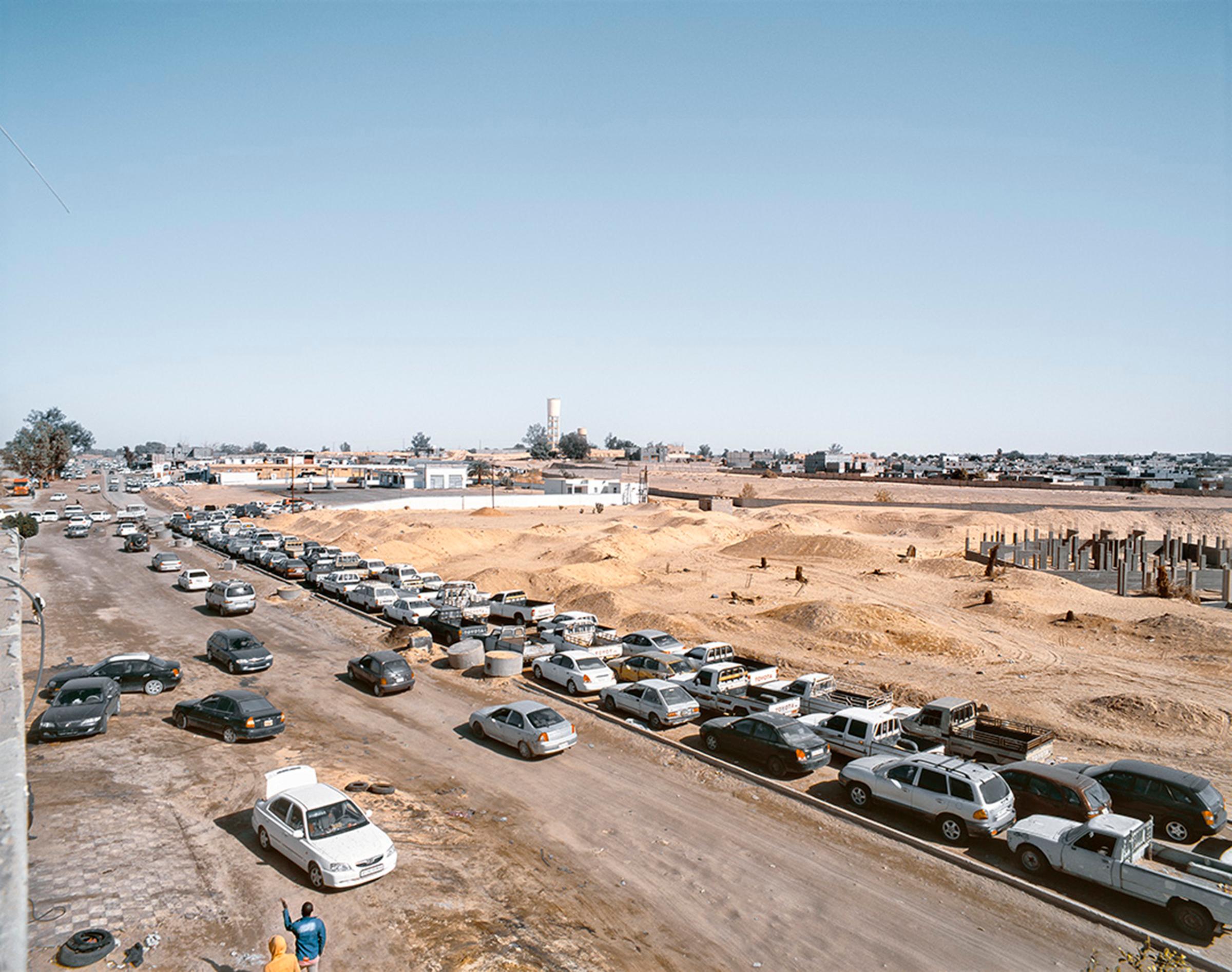


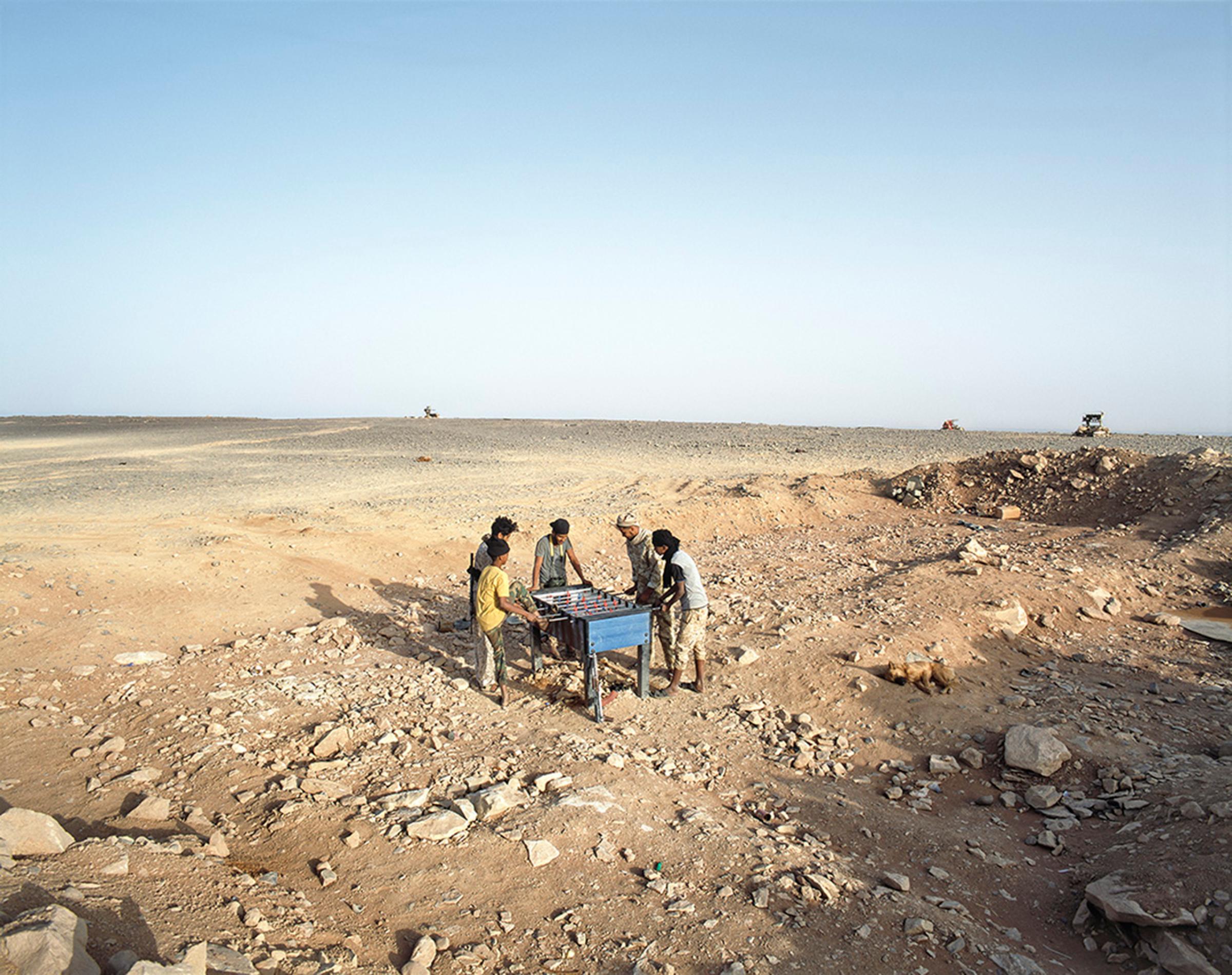
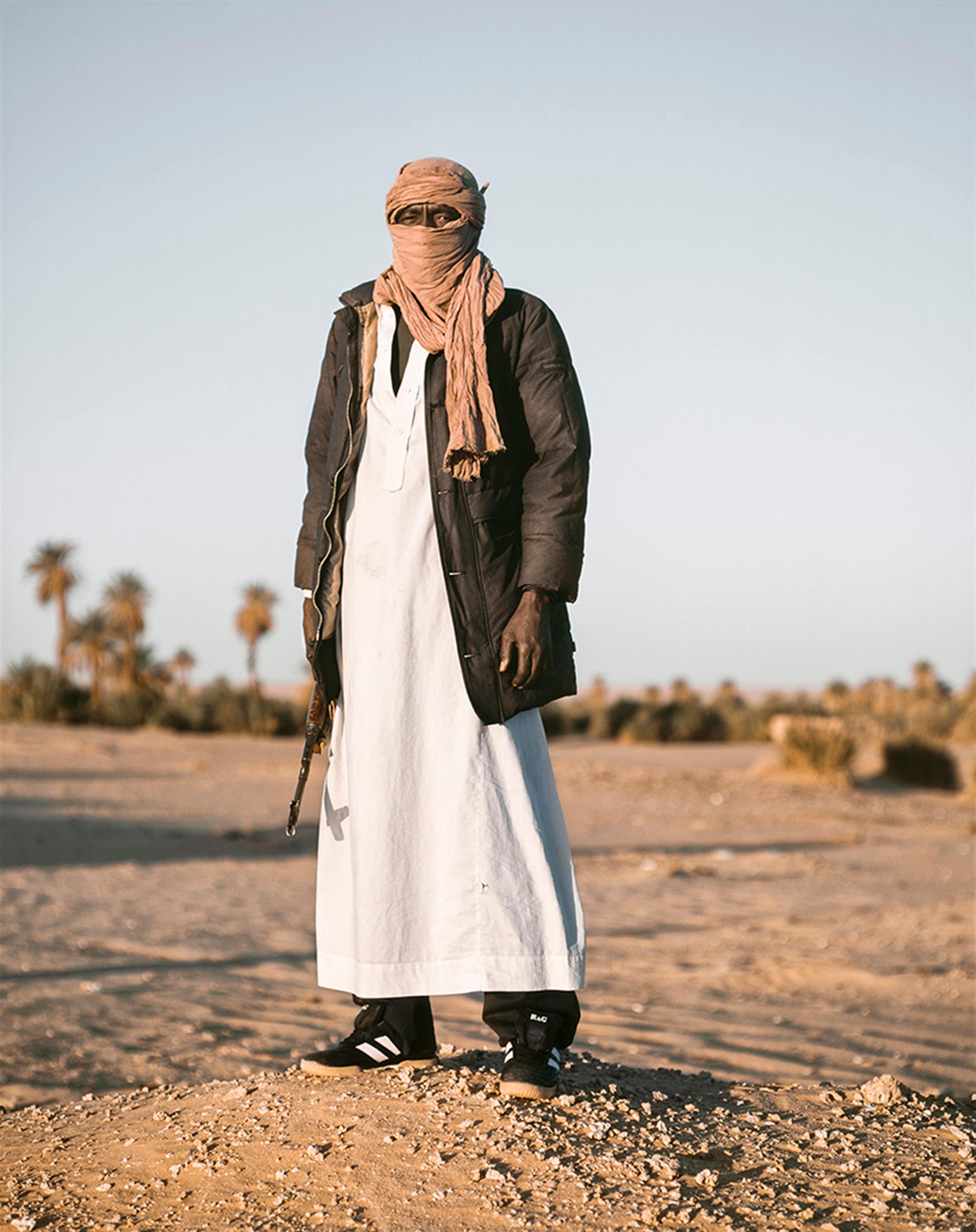
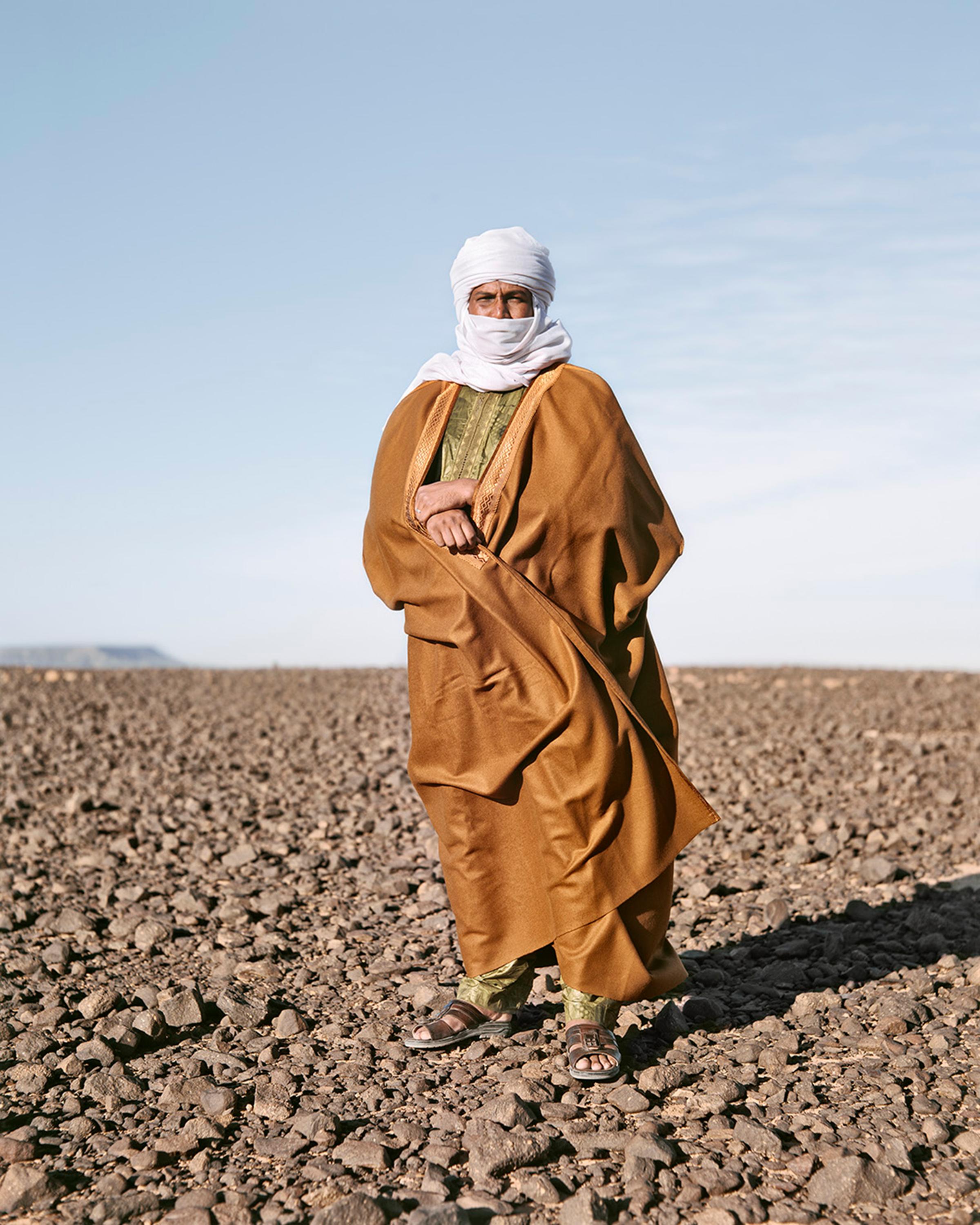
More Must-Reads from TIME
- Donald Trump Is TIME's 2024 Person of the Year
- Why We Chose Trump as Person of the Year
- Is Intermittent Fasting Good or Bad for You?
- The 100 Must-Read Books of 2024
- The 20 Best Christmas TV Episodes
- Column: If Optimism Feels Ridiculous Now, Try Hope
- The Future of Climate Action Is Trade Policy
- Merle Bombardieri Is Helping People Make the Baby Decision
Contact us at letters@time.com